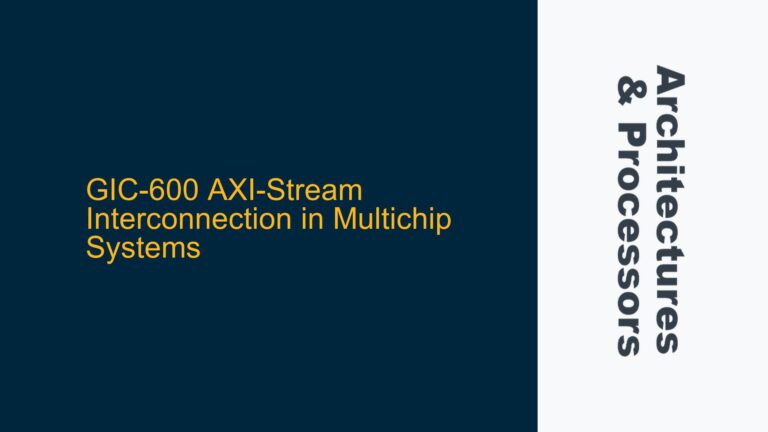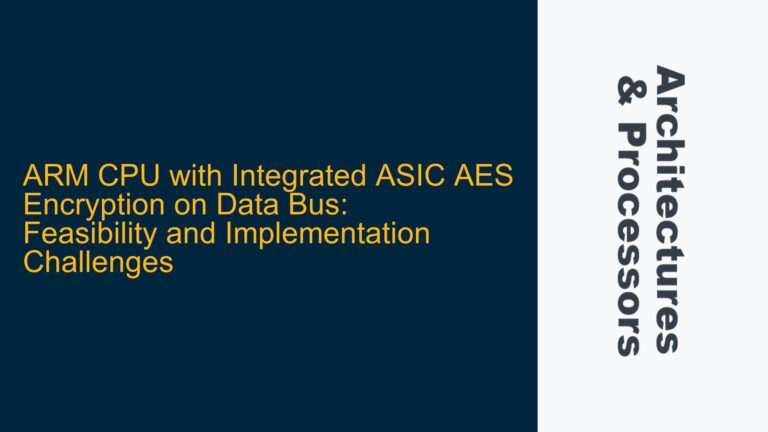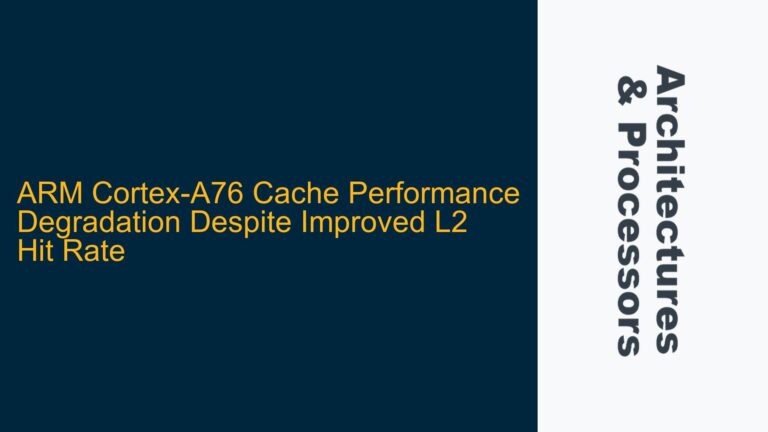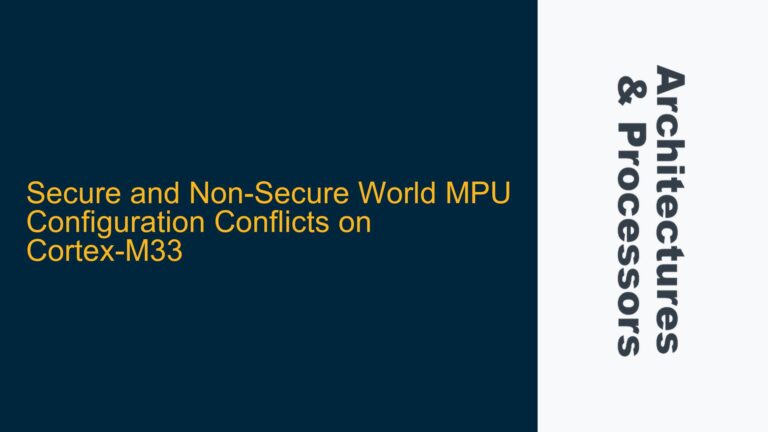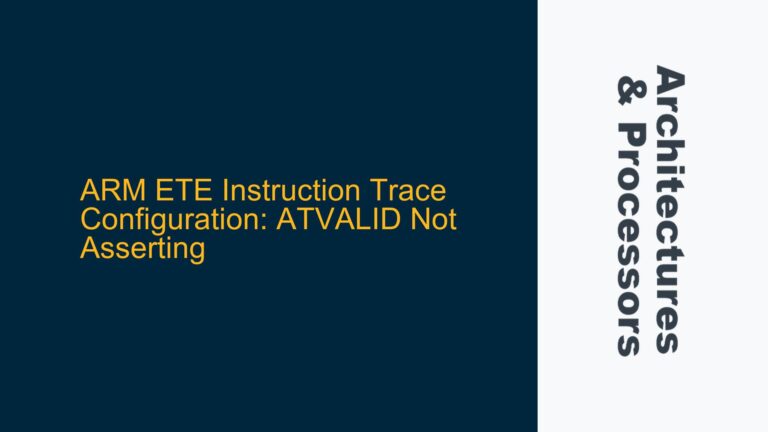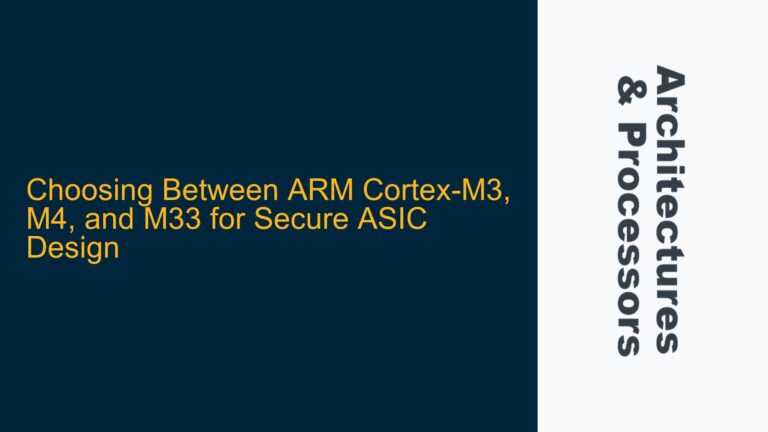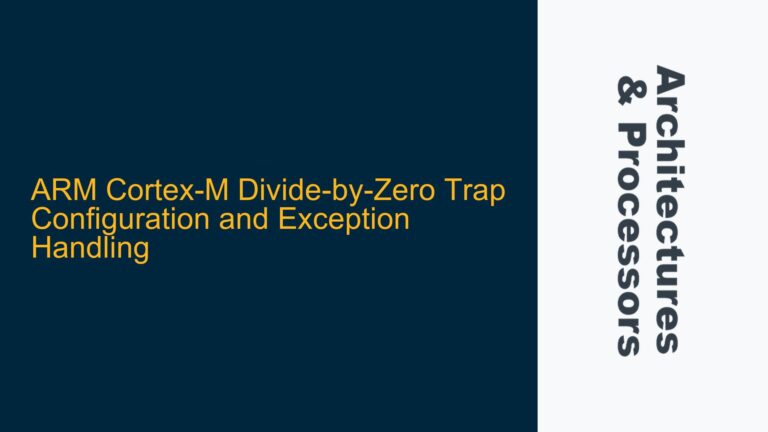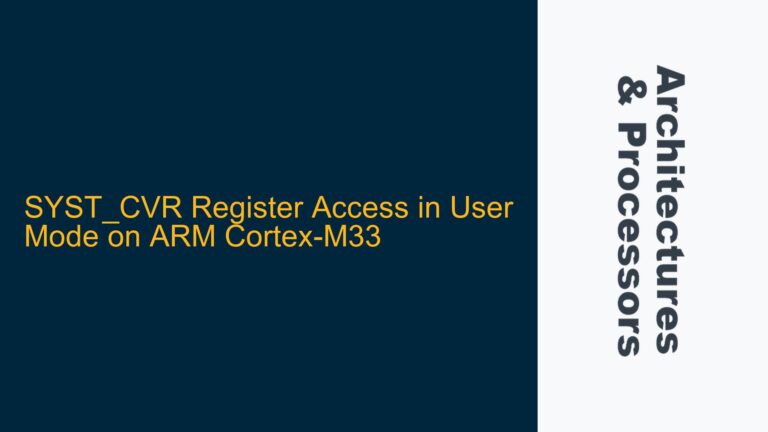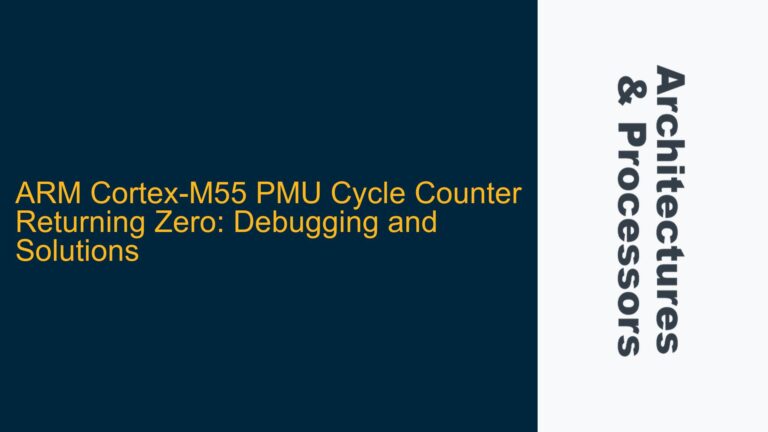GIC-600 AXI-Stream Interconnection in Multichip Systems
GIC-600 Distributor Communication via AXI-Stream in Multichip Configurations The ARM Generic Interrupt Controller 600 (GIC-600) is a highly scalable interrupt controller designed for complex systems, including multichip configurations. In such systems, multiple GIC-600 Distributors must communicate with each other to ensure coherent interrupt handling across chips. The GIC-600 Technical Reference Manual specifies that this communication…
